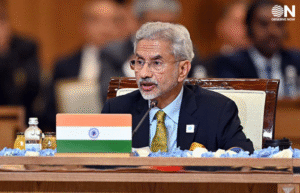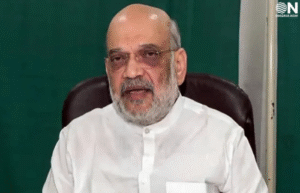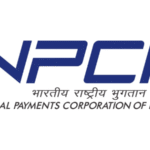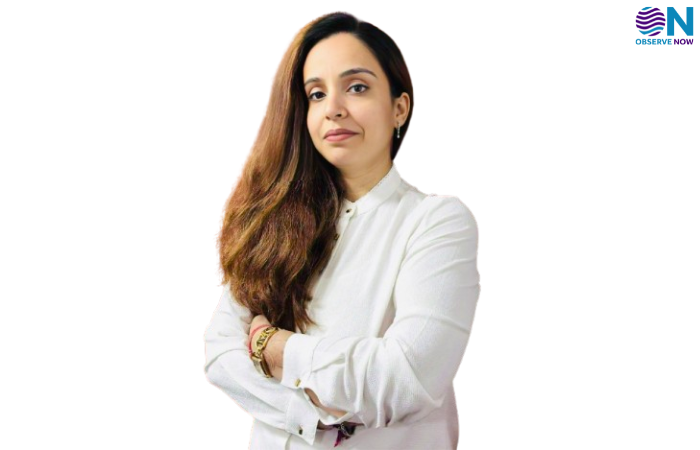Modi Navigates Asia’s Multipolar Shift Amid Rising U.S. Tariffs

India’s Prime Minister Narendra Modi has taken a measured approach in navigating Asia’s evolving geopolitical landscape, particularly amid rising U.S. tariffs that have affected trade and global economic dynamics. At the recent Shanghai Cooperation Organisation (SCO) summit, Modi engaged in high-level discussions with leaders from China and other regional powers, signaling India’s intent to position itself within a multipolar Asian framework.
Analysts note that Modi’s diplomacy reflects India’s strategic balancing act—maintaining strong ties with the United States while simultaneously strengthening regional partnerships in Asia. By fostering closer collaboration with China and other SCO members, India aims to safeguard its economic interests, promote regional stability, and increase its influence in decision-making forums that shape trade, security, and technology policies.
During the summit, discussions centered on trade, investment, regional connectivity, and cooperation in emerging technologies. Modi emphasized India’s commitment to open, inclusive, and sustainable economic growth in Asia, highlighting initiatives such as infrastructure development, digital integration, and support for green energy projects. These efforts are seen as part of India’s broader goal to enhance its global competitiveness and secure strategic autonomy amid shifting international power dynamics.
The U.S. tariff escalations have prompted many Asian economies, including India, to seek diversified trade partnerships. By engaging more deeply with China and other regional actors, India is not only mitigating potential economic disruptions but also strengthening its position as a pivotal player in Asia’s multipolar evolution.
Observers believe that Modi’s nuanced diplomacy at the SCO summit reflects India’s capacity to pursue a balanced foreign policy that supports national economic growth while reinforcing its standing in Asia. As global trade tensions continue to rise, India’s approach may serve as a model for middle powers navigating complex international relationships, combining strategic foresight with pragmatic engagement.
















